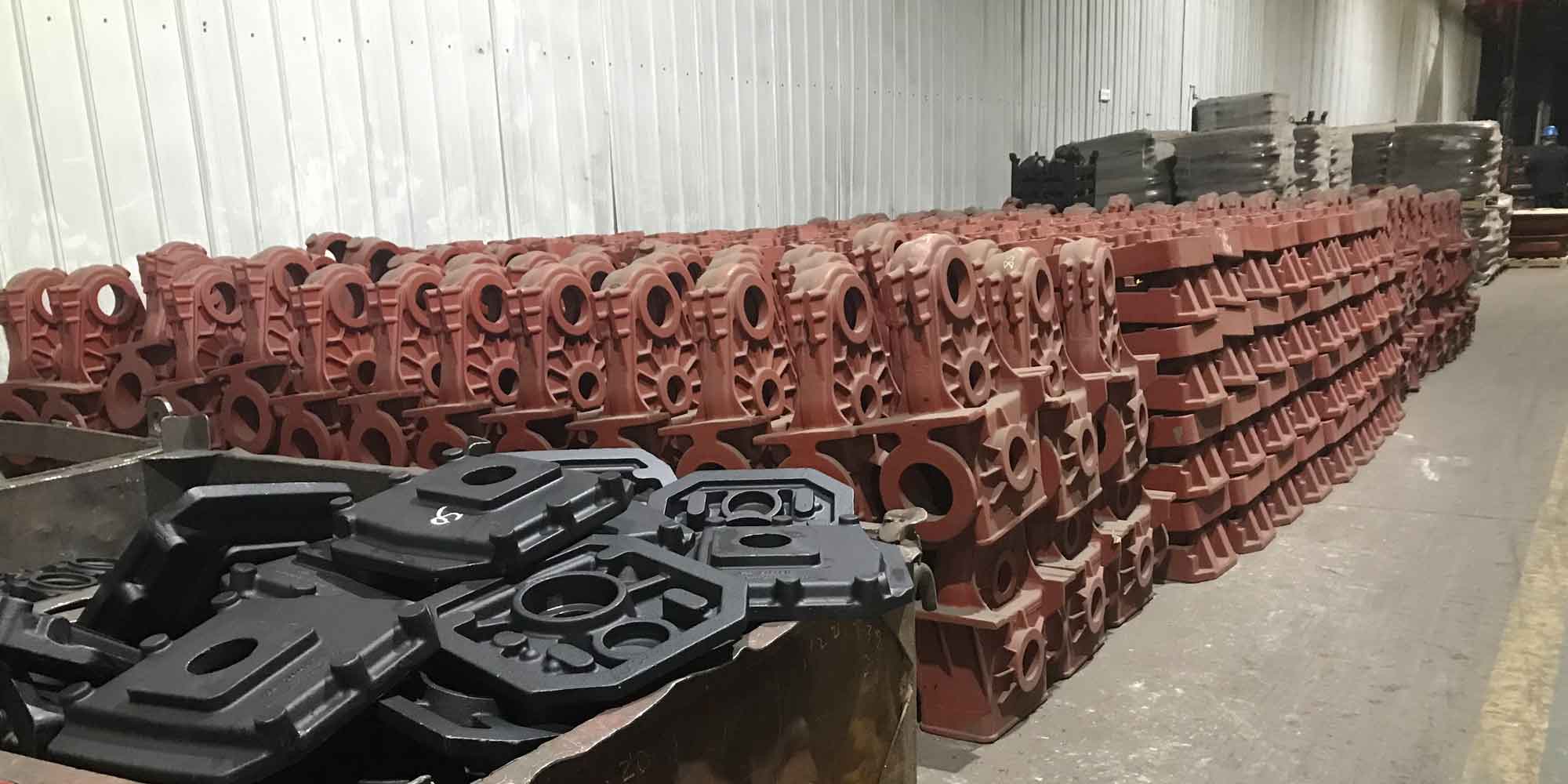
In the production of large steel castings (defined as single pieces with a raw weight exceeding 5 tons), the selection of molding processes significantly impacts product quality, production efficiency, and environmental sustainability. This article evaluates three dominant molding technologies: sodium silicate sand, furan resin sand, and alkaline phenolic resin sand, through comparative analysis and industrial case studies.
1. Performance Characteristics of Molding Processes
| Process | Advantages | Disadvantages |
|---|---|---|
| Sodium Silicate Sand |
|
|
| Furan Resin Sand |
|
|
| Alkaline Phenolic Resin Sand |
|
|
2. Process Selection Criteria for Steel Castings
The optimal molding process for steel castings depends on multiple factors:
$$ Q = \frac{(S \times R)^{0.5}}{C \times E} $$
Where:
Q = Process quality index
S = Surface quality requirement (1-10)
R = Regeneration efficiency (%)
C = Cost per ton ($)
E = Environmental factor (1-5)
3. Industrial Applications
Case 1: Ultra-Heavy Steel Castings (450-ton Class)
| Process | Ester-Hardened Sodium Silicate |
| Application | Hydraulic press components (453-ton upper beam) |
| Key Parameters |
|
Case 2: Precision Steel Castings for Power Generation
| Process | Furan Resin Sand |
| Application | Steam turbine casings (150-ton class) |
| Quality Metrics |
|
4. Economic and Environmental Analysis
Cost comparison per ton of molding sand:
$$ C_{total} = C_{binder} + C_{sand} + C_{energy} $$
| Cost Component | Sodium Silicate | Furan Resin | Alkaline Phenolic |
|---|---|---|---|
| Binder | $102 | $138 | $275 |
| New Sand | $90 | $30 | $90 |
| Energy | $22 (Thermal regeneration) | – | – |
| Total | $214 | $168 | $365 |
5. Future Development Trends
Advanced resin sand systems demonstrate clear advantages for high-value steel castings:
- Hybrid binder systems combining urea-free furans with inorganic additives
- Intelligent sand preparation systems with real-time LOI control:
$$ LOI_{optimal} = 0.25 \times (T_{ambient} + RH)^{0.5} $$ - Closed-loop regeneration systems achieving >95% sand reuse
The evolution of steel casting molding processes reflects the industry’s dual pursuit of technical excellence and environmental responsibility. While sodium silicate sand remains cost-effective for conventional applications, resin sand technologies continue to dominate premium steel casting production through superior performance and sustainability.
